Math Problems
Math problems are questions or exercises that require the application of mathematical concepts to find a solution. These problems can cover a wide range of mathematical topics, including arithmetic, algebra, geometry, and more.
Types of Math Problems
Math problems can be classified into various types:
- Arithmetic Problems: These involve basic operations such as addition, subtraction, multiplication, and division.
- Algebraic Problems: These require the use of variables and equations to solve for unknown values.
- Geometry Problems: These involve the properties and measurements of shapes, angles, and solids.
- Word Problems: These are real-life scenarios presented as mathematical questions that need to be solved using mathematical operations.
Strategies for Solving Math Problems
When tackling math problems, it's helpful to use various strategies:
- Understand the Problem: Read the problem carefully to grasp what is being asked and what information is provided.
- Identify the Mathematical Concepts: Determine which mathematical concepts and operations are relevant to the problem.
- Plan a Solution: Devise a plan or strategy for solving the problem, which may involve using diagrams, tables, or equations.
- Execute the Plan: Implement the chosen strategy to solve the problem step by step, showing all the necessary calculations and reasoning.
- Check the Solution: Verify the solution by checking if it satisfies the conditions of the problem and if the answer makes sense in the given context.
Practice and Resources
Improving problem-solving skills in math requires practice and access to helpful resources:
- Practice Problems: Solve a variety of math problems regularly to build proficiency and confidence.
- Online Tutorials and Videos: Utilize online platforms that offer tutorials, videos, and interactive exercises to enhance understanding of mathematical concepts and problem-solving techniques.
- Math Workbooks and Guides: Use math workbooks, textbooks, and study guides that provide structured practice and explanations of different problem types.
By understanding the types of math problems, employing effective problem-solving strategies, and engaging in consistent practice, students can develop strong mathematical skills and excel in solving a wide range of math problems.
.◂Math Worksheets and Study Guides Third Grade. Time
Study Guide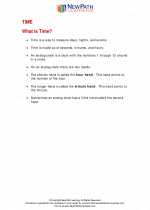 Time
Time  Activity Lesson
Activity Lesson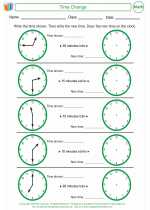 Time Change
Time Change  Activity Lesson
Activity Lesson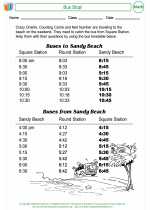 Bus Stop!
Bus Stop!  Activity Lesson
Activity Lesson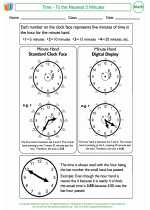 Time to the Nearest 5 Minutes
Time to the Nearest 5 Minutes  Activity Lesson
Activity Lesson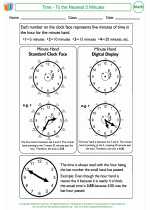 Time - To The Nearest 5 Minutes
Time - To The Nearest 5 Minutes  Activity Lesson
Activity Lesson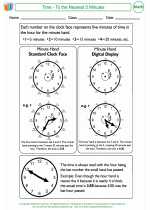 Time - To the Nearest 5 Minutes
Time - To the Nearest 5 Minutes  Activity Lesson
Activity Lesson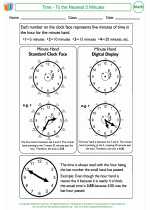 Time - To the Nearest 5 Minutes
Time - To the Nearest 5 Minutes  Worksheet/Answer key
Worksheet/Answer key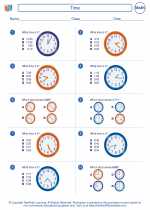 Time
Time  Worksheet/Answer key
Worksheet/Answer key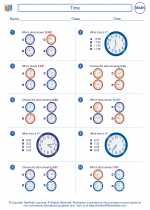 Time
Time  Worksheet/Answer key
Worksheet/Answer key Time
Time  Worksheet/Answer key
Worksheet/Answer key Time
Time  Worksheet/Answer key
Worksheet/Answer key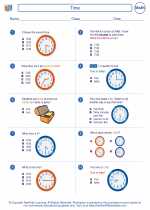 Time
Time  Worksheet/Answer key
Worksheet/Answer key Time
Time  Worksheet/Answer key
Worksheet/Answer key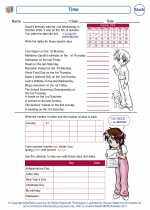 Time
Time  Worksheet/Answer key
Worksheet/Answer key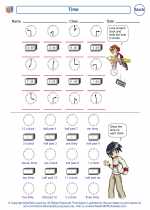 Time
Time  Worksheet/Answer key
Worksheet/Answer key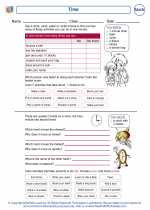 Time
Time  Worksheet/Answer key
Worksheet/Answer key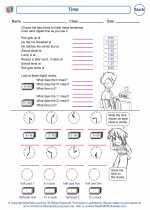 Time
Time  Worksheet/Answer key
Worksheet/Answer key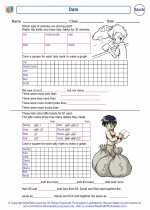 Date
Date  Worksheet/Answer key
Worksheet/Answer key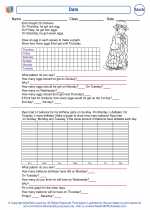 Date
Date  Worksheet/Answer key
Worksheet/Answer key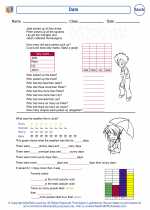 Date
Date  Worksheet/Answer key
Worksheet/Answer key Time
Time  Worksheet/Answer key
Worksheet/Answer key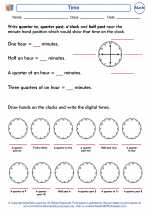 Time
Time  Worksheet/Answer key
Worksheet/Answer key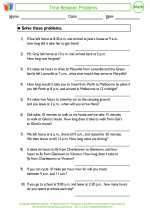 Time Between Problems
Time Between Problems  Worksheet/Answer key
Worksheet/Answer key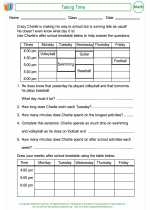 Taking Time
Taking Time 

 Activity Lesson
Activity Lesson
 Activity Lesson
Activity Lesson
 Activity Lesson
Activity Lesson
 Activity Lesson
Activity Lesson
 Activity Lesson
Activity Lesson
 Activity Lesson
Activity Lesson
 Worksheet/Answer key
Worksheet/Answer key
 Worksheet/Answer key
Worksheet/Answer key
 Worksheet/Answer key
Worksheet/Answer key
 Worksheet/Answer key
Worksheet/Answer key
 Worksheet/Answer key
Worksheet/Answer key
 Worksheet/Answer key
Worksheet/Answer key
 Worksheet/Answer key
Worksheet/Answer key
 Worksheet/Answer key
Worksheet/Answer key
 Worksheet/Answer key
Worksheet/Answer key
 Worksheet/Answer key
Worksheet/Answer key
 Worksheet/Answer key
Worksheet/Answer key
 Worksheet/Answer key
Worksheet/Answer key
 Worksheet/Answer key
Worksheet/Answer key
 Worksheet/Answer key
Worksheet/Answer key
 Worksheet/Answer key
Worksheet/Answer key
 Worksheet/Answer key
Worksheet/Answer key
 Worksheet/Answer key
Worksheet/Answer key

The resources above cover the following skills:
Measurement and Data
Solve problems involving measurement and estimation of intervals of time, liquid volumes, and masses of objects.
Tell and write time to the nearest minute, and measure time intervals in minutes. Solve word problems involving addition and subtraction of time intervals in minutes, e.g., by representing the problem on a number line diagram. [3-MD1]